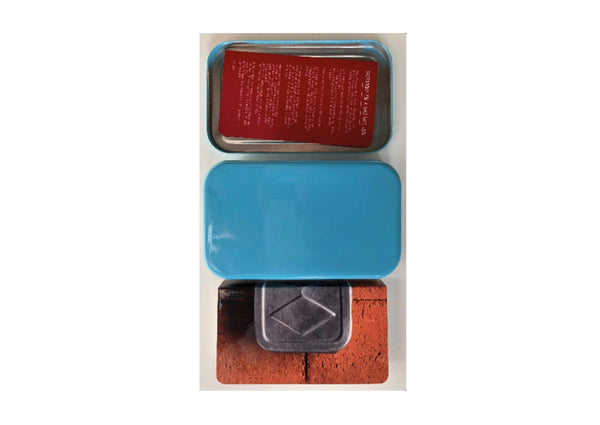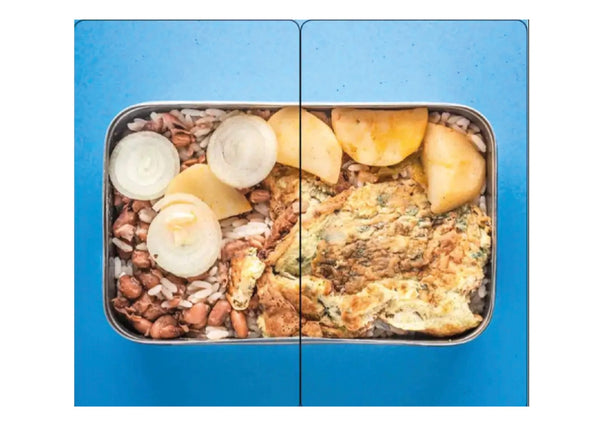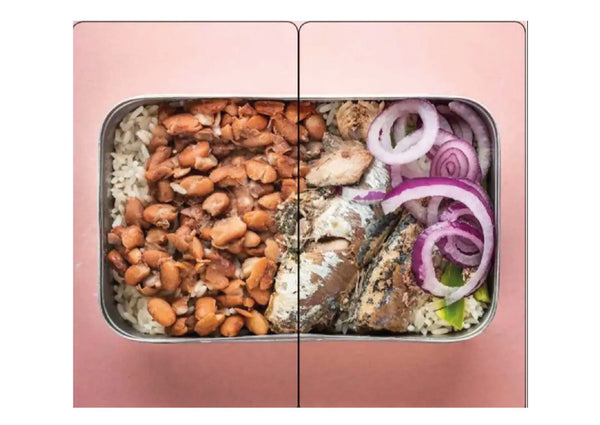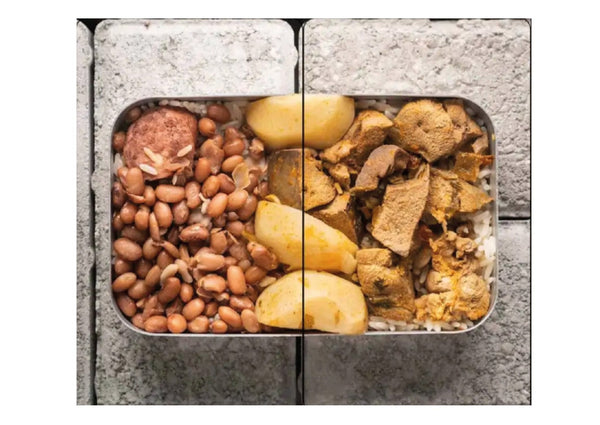



Edu Simoés
Marmites
Editions Bessard, Paris — 2018
Gastronomy for a hard day’s work since 2004, I have visited several construction sites
in São Paulo. When I arrive, I ask the workers for their permission to photograph their “marmitas” (packed lunches.) Even though they’re hungry, most of them patiently give
me their permission.
It’s lunch time and, as is the custom in Brazil, each worker has left his home very early in the morning carrying his marmita.
Generally, these meals are prepared by mothers or wives.
Let ́s supose that, by getting up at the crack of dawn to prepare this meal, these women establish a very special communication with the other. An affective and effective nurturing.
It’s common knowledge that these packed lunches all carry rice and black beans at the bottom, even if you can’t see them. On top of this base, there is a “hierarchy of sustenance” to be added, in other words, a hierarchy of proteins.
When a worker opens his marmita before the group and shows that he brought meat, that means his financial situation is very good. On the other hand, if he’s brought chicken giblets or pig entrails, his financial situation is merely alright.
However, if the worker’s brought fried eggs in his marmita, that means he is struggling to make ends meet.
In the assembling of each marmita is the expectation that this small container will satisfy the hunger of its owner. And it does.
In the assembling of each marmita is a bet on another day’s hard work.